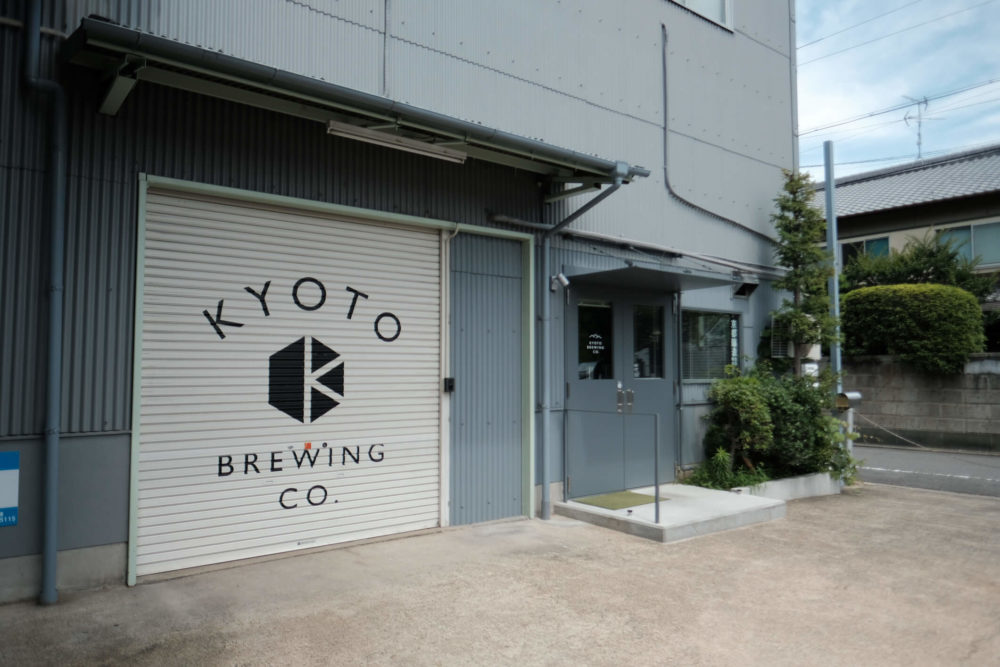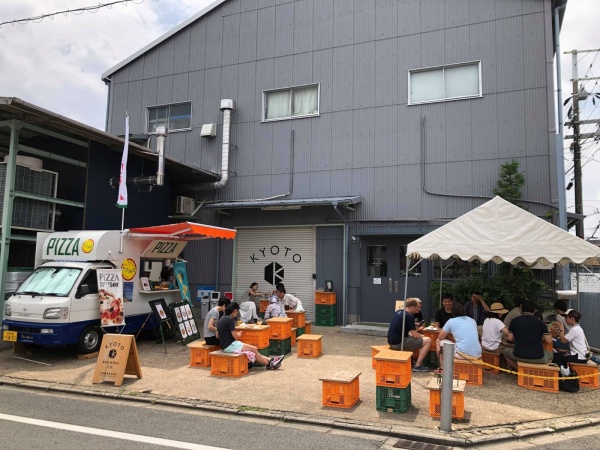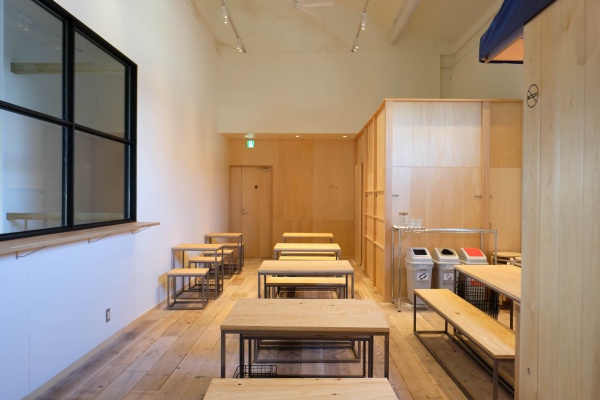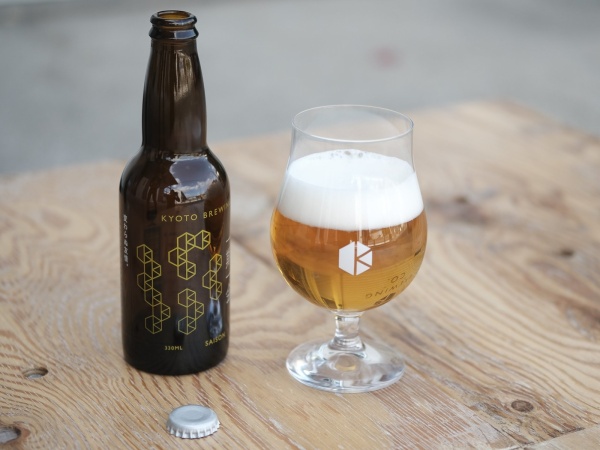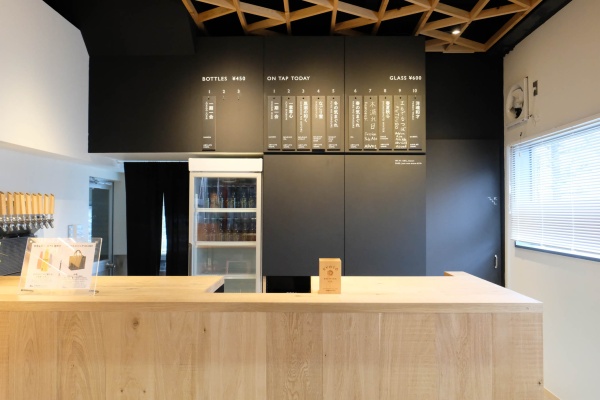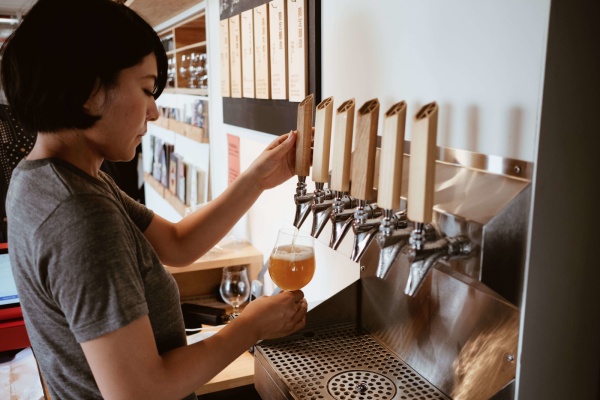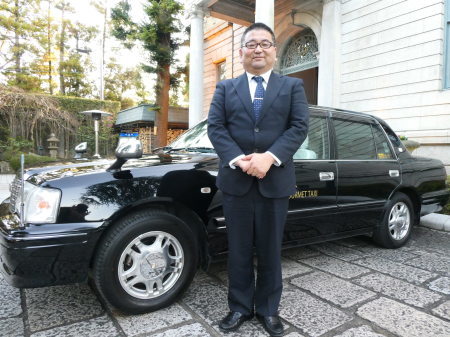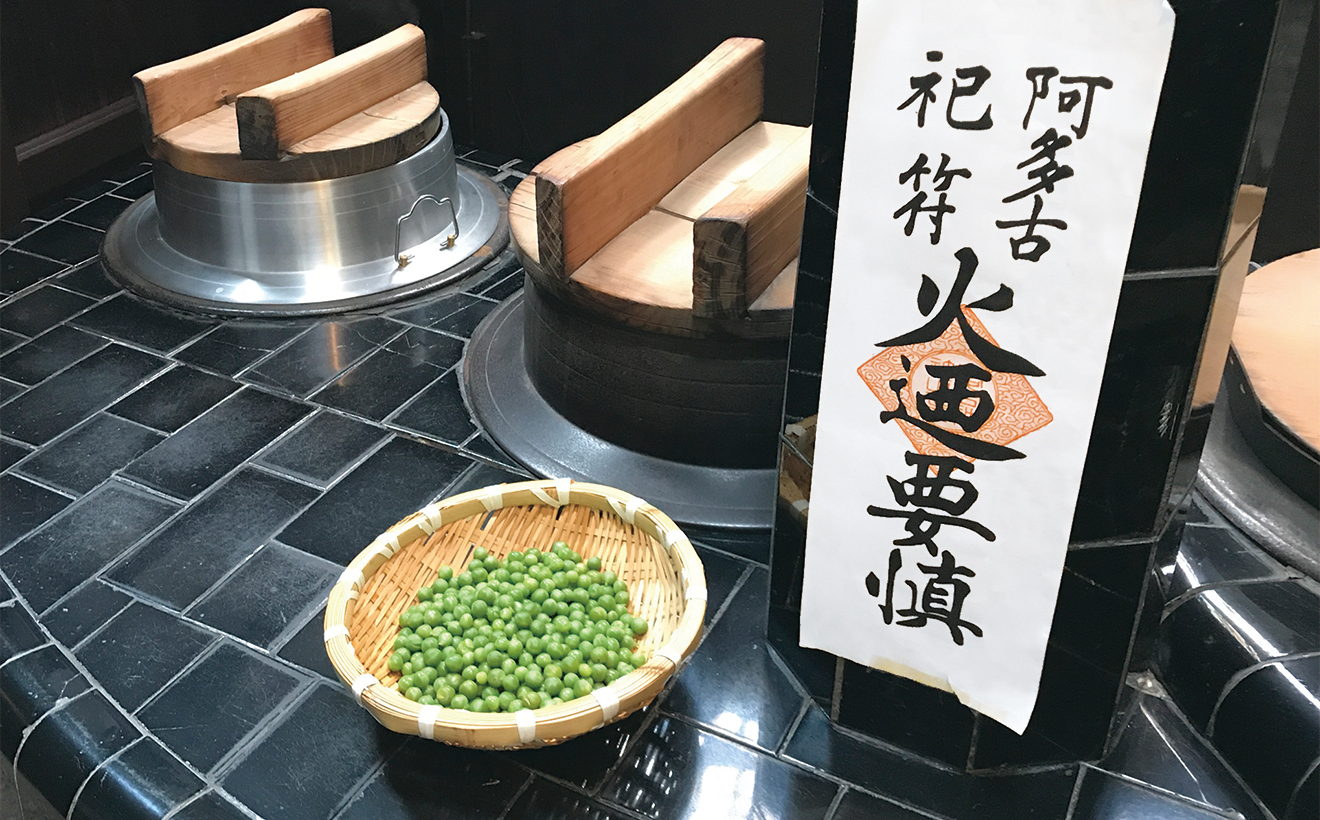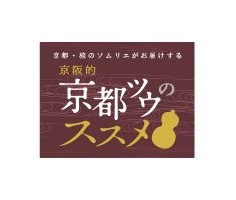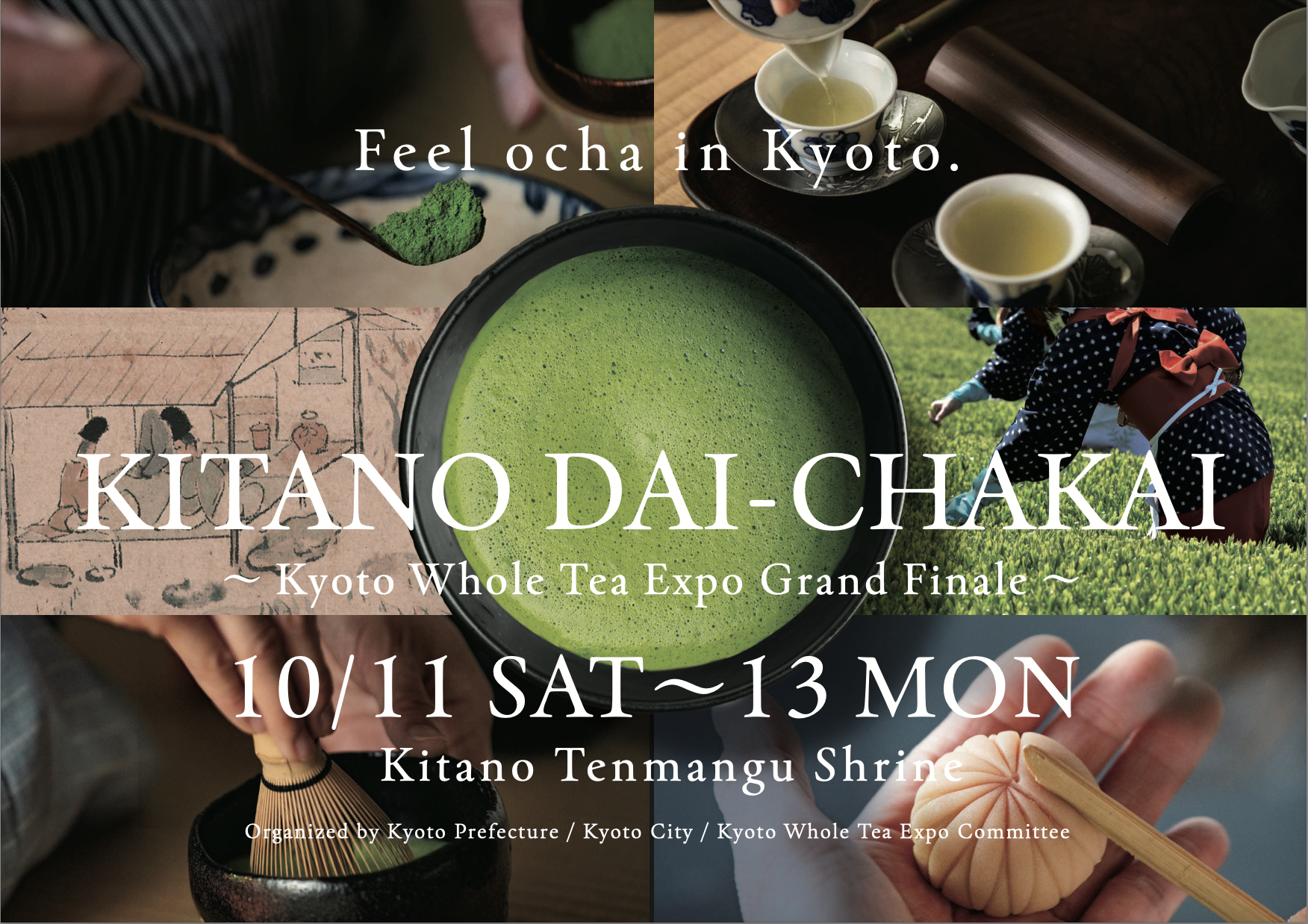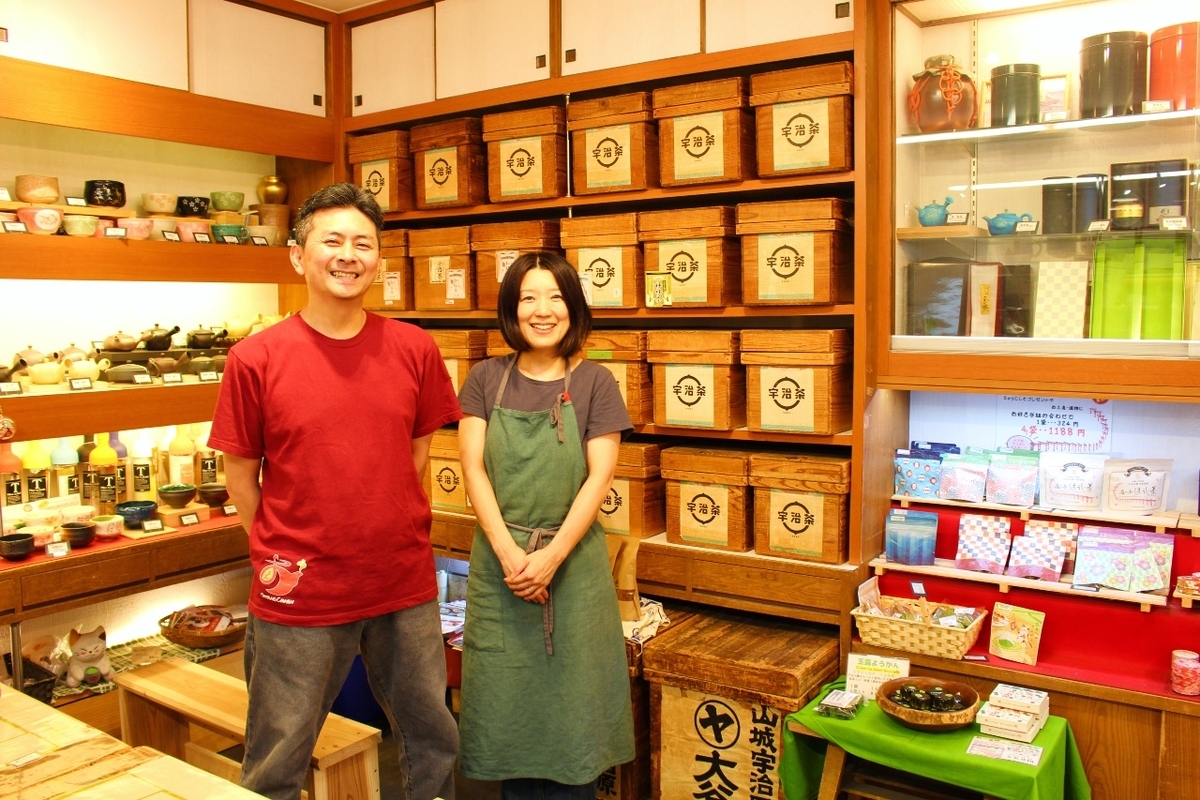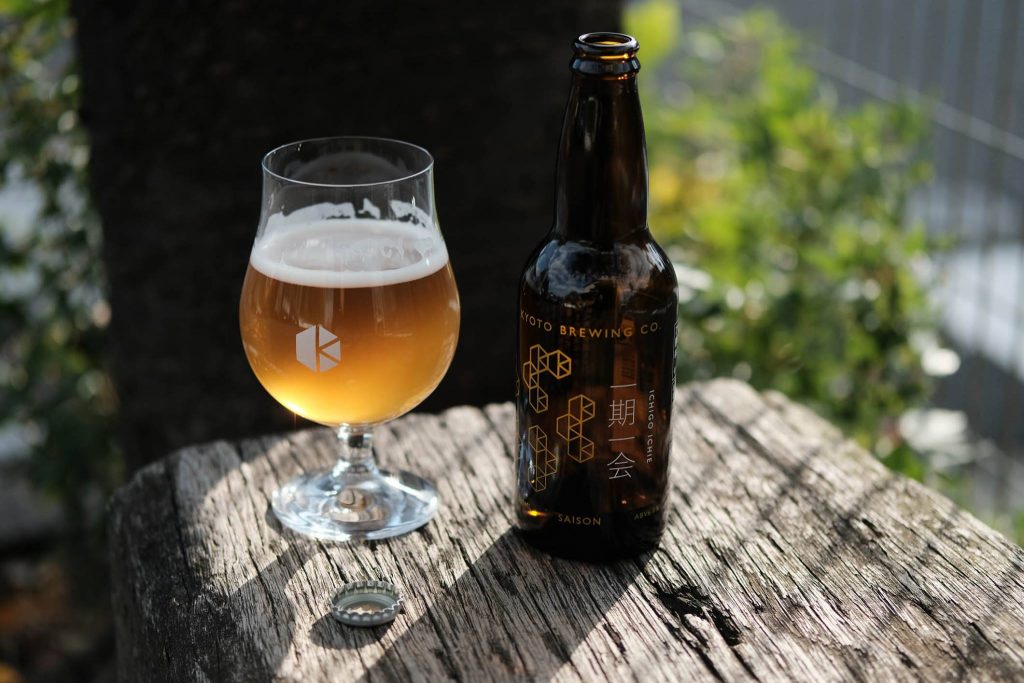
인터뷰어:
이 내용은 귀하의 웹사이트에 나와 있지만, 교토에 양조장을 열게 된 이유를 다시 한번 말씀해 주시겠습니까?
크리스:
처음에는 간단했습니다. 저는 교토에 13년째 살고 있습니다. 리츠메이칸 대학교에서 행정 업무를 했었는데, 맥주 양조라는 취미를 직업으로 삼고 싶었습니다. 제가 사랑하는 도시에서 제가 좋아하는 일을 하고 싶었죠. 교토는 도시와 시골의 완벽한 조화를 이루는 곳입니다. 다른 두 사람(공동 창업자 폴과 벤)과 이야기를 나누고 지역을 조사한 결과, 교토의 장인 정신이 매우 매력적이라는 것을 알게 되었습니다. 맥주 양조는 결국 장인 정신이니까요. 저희가 만드는 것은 다른 장인들과 다를 수 있지만, 저희 모두 같은 창작 정신을 가지고 있기에 교토에 적응할 수 있을 거라고 생각했습니다.
인터뷰어:
교토 남쪽의 이 특정 장소를 선택한 이유는 무엇입니까?
크리스:
저희는 그 위치에 대해 특별히 선호하는 편은 아니었습니다. 20여 곳 정도를 살펴본 결과, 양조장 배치가 가장 좋고 마을과도 가까워서 이곳을 선택했습니다.
인터뷰어:
교토에 13년 동안 사셨다고 하셨는데, 교토에서 가장 좋아하는 곳은 어디인가요?
크리스:
등산을 좋아해서 히에이산과 기요타키산은 정말 좋은데, 요즘 너무 바빠서 못 갔어요. 그리고 기타노텐만구 신사에 가서 집 근처에 있는 신사 경내의 오도이(토분)에 가서 느티나무 아래 앉아 맥주 마시는 것도 좋아해요. (웃음)
인터뷰어:
정말 좋은 생각이에요! (웃음) 그럼 아직도 그 지역에 사시는 건가요?
크리스:
예전에는 아침 일찍 출발해서 밤늦게 끝나서 자전거로 출퇴근하곤 했는데, 요즘은 출퇴근 시간이 안정되어서 바로 여기로 가는 고속버스를 이용합니다.
인터뷰어:
당신은 이른 아침에 일하시나요?
크리스:
준비할 때는 7시쯤, 평소에는 9시쯤에 출근해요. 저녁 7시나 8시쯤에 끝나요. 처음에는 끊임없이 준비해서 자정까지 있는 경우가 많았어요. (웃음)
인터뷰어:
준비하는 데는 정말 많은 노력이 필요할 거예요.
크리스:
저희는 매회 400kg의 맥아를 사용합니다. 여기(2층 맥아 분쇄실)에는 맥아 1,000kg + 1,000kg을 보관할 수 있도록 설치되어 있습니다. 이 건물이 제재소였을 때 사용했던 것과 동일한 리프트를 사용하고 있으며, 납품 시 맥아를 이 공간으로 운반합니다.
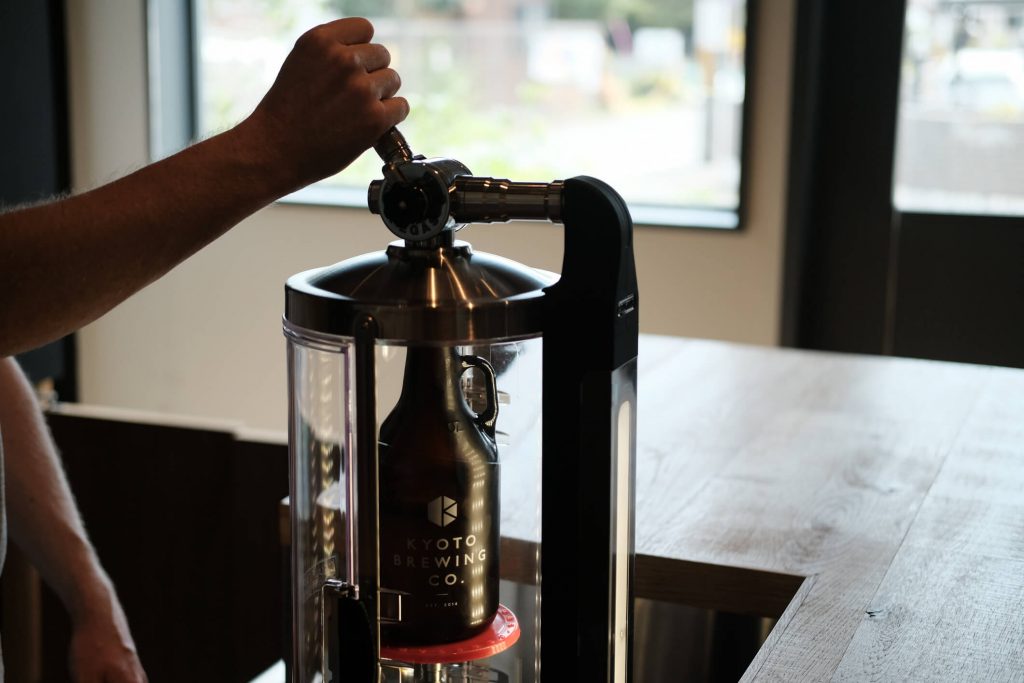
인터뷰어:
그럼 이전에 여기 있던 오래된 설치물 중 일부를 보관하셨네요. 재료는 어디서 구하시나요?
크리스:
맥아는 독일, 벨기에산이고, 영국산 일본산 맥아는 너무 비싸요. (웃음) 홉은 미국과 유럽산이에요. 일본에서는 예전에는 대기업에만 홉을 재배했죠. 저희는 4년 전부터 교토 요사노초에서 생산되는 홉을 사서 매년 조금씩 사용하고 있어요. 아직 사용량은 적지만, 잘되면 교토 홉으로 맥주를 만들 수 있을 거예요.
인터뷰어:
일본에는 맥주를 만드는 데 필요한 재료가 많지 않은 것 같습니다.
크리스:
맞아요. 대형 맥주 생산업체들은 일정 비율의 일본산 재료를 사용해야 하기 때문에 자체 농장을 운영하고 있습니다. 반면 소규모 양조장들은 수입산 재료를 사용하는 경향이 있습니다.
인터뷰어:
관광지에는 지역 맥주가 있는 경우가 많습니다. 주요 생산업체에서 생산하는 맥주도 있나요?
크리스:
주요 생산업체는 일반적으로 참여하지 않습니다. 이러한 이유로 원료는 해외에서 수입하는 경향이 있는 것으로 보입니다. 대부분의 경우 물만 현지에서 조달합니다. 이것이 최근 맛에 중점을 두는 많은 양조장들이 "지역 맥주" 대신 "수제 맥주"라는 용어를 사용하기 시작한 이유 중 하나입니다.
인터뷰어:
"크래프트 맥주"라는 용어가 생겨난 이유가 바로 그것이라는 걸 몰랐네요. 현재 교토 브루잉 컴퍼니에는 몇 명이 일하고 있나요?
크리스:
저는 세 명의 보조 양조자와 함께 맥주를 만듭니다. 영업과 회계를 포함하여 총 11명의 정규직 직원이 있습니다. 또한 탭룸에서 여러 명의 파트타임 직원을 고용하고 있습니다.
인터뷰어:
그럼 새로운 직원도 고용하시나요?
크리스:
문의가 꽤 많이 들어왔습니다. 일본에는 수제 맥주 붐이 두 번 있었습니다. 첫 번째는 1990년대였는데, 판매량이 급등했지만 맛도 별로였고, 잘 안 됐죠. (웃음) 지금은 두 번째 붐을 경험하고 있는데, 맥주를 좋아하고 맛에 민감한 사람들이 양조장을 차리는 모습을 보고 있습니다. 그래서 문의가 많이 오는 것 같습니다.
인터뷰어:
해외에서는 수제 맥주가 인기가 있나요?
크리스:
크래프트 맥주는 미국에서 유래된 것으로 알려져 있으며, 1970년대부터 미국에서 생산되어 왔습니다. 최근 몇 년 동안 크래프트 맥주의 시장 점유율은 급격히 증가하여 미국이 약 14%를 차지하고 있습니다. 반면 일본의 점유율은 0.1%에 불과합니다.
인터뷰어:
양조장들끼리 서로 관계가 있나요?
크리스:
미국에서는 그렇습니다. 일본에도 관계가 있고, 관계가 발전하면 다른 양조장들도 가르쳐 줄 것입니다. 하지만 일본의 일부 양조장에서는 외부인에게 가르치지 않는 문화적 경향이 여전히 존재합니다.
인터뷰어:
다른 양조장과의 관계는 어떤가요?
크리스:
취미로 맥주를 만들던 시절부터 좋아했던 양조장들이 있었습니다. 행사에서 인사를 나누고, 매년 한 번 열리는 교토 크래프트 비어 페스티벌에서 자원봉사를 하며 인연을 맺었습니다. 우리도 양조장을 차릴 때가 되었을 때, 상담할 수 있는 사람들이 있다는 게 든든했습니다.
인터뷰어:
맥주 양조에 대한 열정이 있어서 그런 것 같아요. 맥주 양조에서 가장 중요한 점은 무엇이라고 생각하세요?
크리스:
전에도 이런 질문을 받았었는데, 제대로 된 답변을 못 드렸네요. (웃음) 양조장을 운영하면서 가장 중요한 건 우리가 마시고 싶은 맥주를 만들 수 있다는 거예요. 맥주 맛이 좋은지 나쁜지 판단할 수 있기 때문에 가능한 거죠. 저희는 효모와 홉을 정말 꼼꼼하게 고르는데, 주로 벨기에산 효모와 펀치감이 있는 미국산 홉을 사용합니다. 제가 맥주를 만드는 사람이라고 생각하실 수도 있지만, 사실 저는 맥즙만 만듭니다. 결국 맥주를 만드는 건 효모죠. 효모가 잘 자랄 수 있는 환경을 만드는 게 제 일이고, 그게 가장 어렵고 흥미로운 부분이에요.
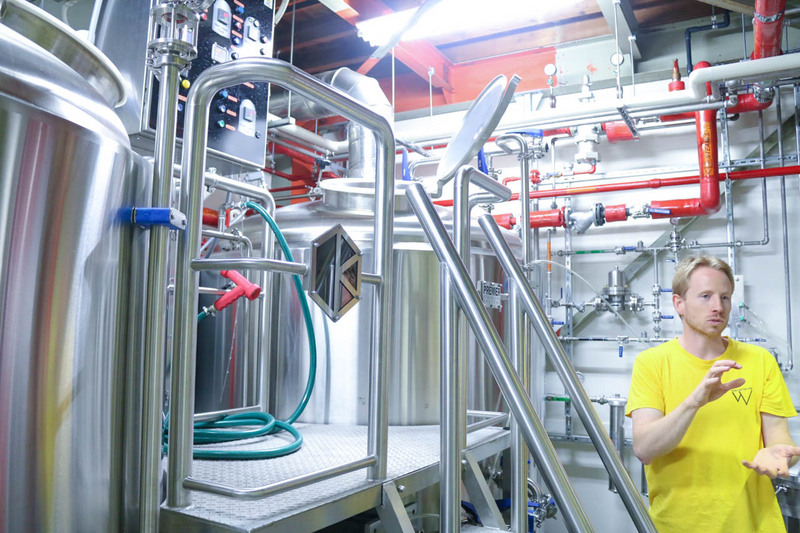
인터뷰어:
맥주 양조 과정이 정말 매력적이라고 생각합니다. 탭룸을 열게 된 계기는 무엇인가요?
크리스:
양조업자는 자신의 맥주를 마시는 사람들의 얼굴을 보고 싶어 하고, 애주가도 맥주를 만드는 사람들의 얼굴을 보고 싶어 합니다. 몇몇 대형 생산업체는 탭룸을 운영하지만, 저는 그곳이 충분히 즐겁지 않다고 생각합니다. 탭룸을 열기 전에는 행사가 아니면 사람들이 우리 맥주를 마시는 모습을 볼 수 있는 유일한 장소였습니다. 이제는 사람들이 우리 맥주를 즐기는 모습을 직접 보고 그들의 소감을 직접 들을 수 있는 공간이 생겨서 기쁩니다. 고객들에게도 즐거운 경험이 될 거라고 생각합니다.
인터뷰어:
마지막으로 미래의 목표에 대해 물어보고 싶습니다.
크리스:
고품질 맥주를 안정적으로 공급하고 싶습니다. 품질에는 자신감이 있지만, 아직 사업이 안정적이지는 않습니다. 고객들이 찾아와 "맥주가 항상 흥미롭고 맛있어요."라고 말해주는 양조장이 되고 싶습니다.
지도
(우)601-8446 교토부 교토시 미나미구 니시쿠조 다카하타초 25-1
전화
+81-75-574-7820
웹사이트
교토 브루잉 컴퍼니


